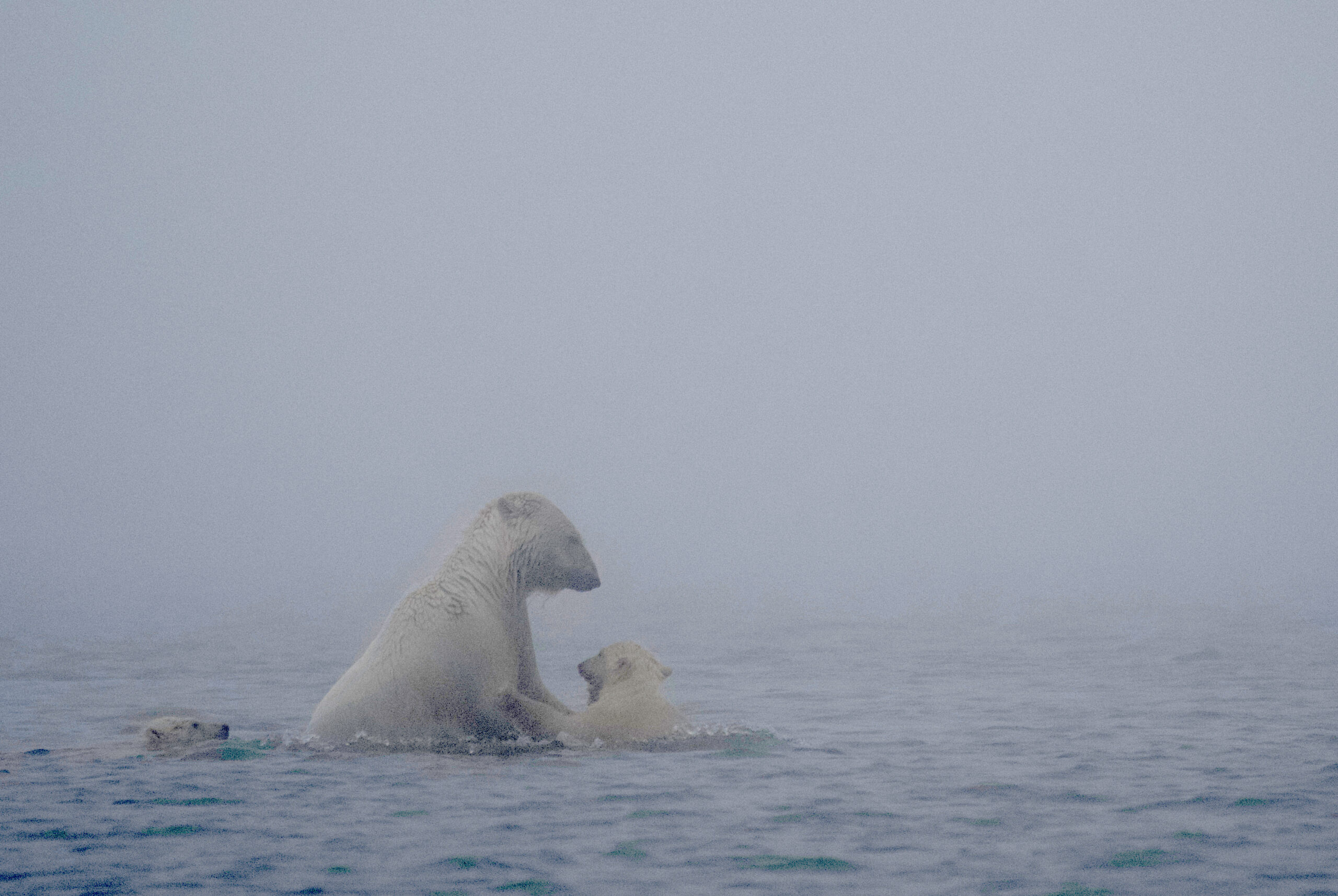
Cold with a chance of bears
Trustees for Alaska periodically hosts small-group polar bear-viewing trips to Barter Island in the fall. This September, Jim Hirzel joined what he calls “an experience of a lifetime.” Here’s his story about seeing polar bears for the first time.
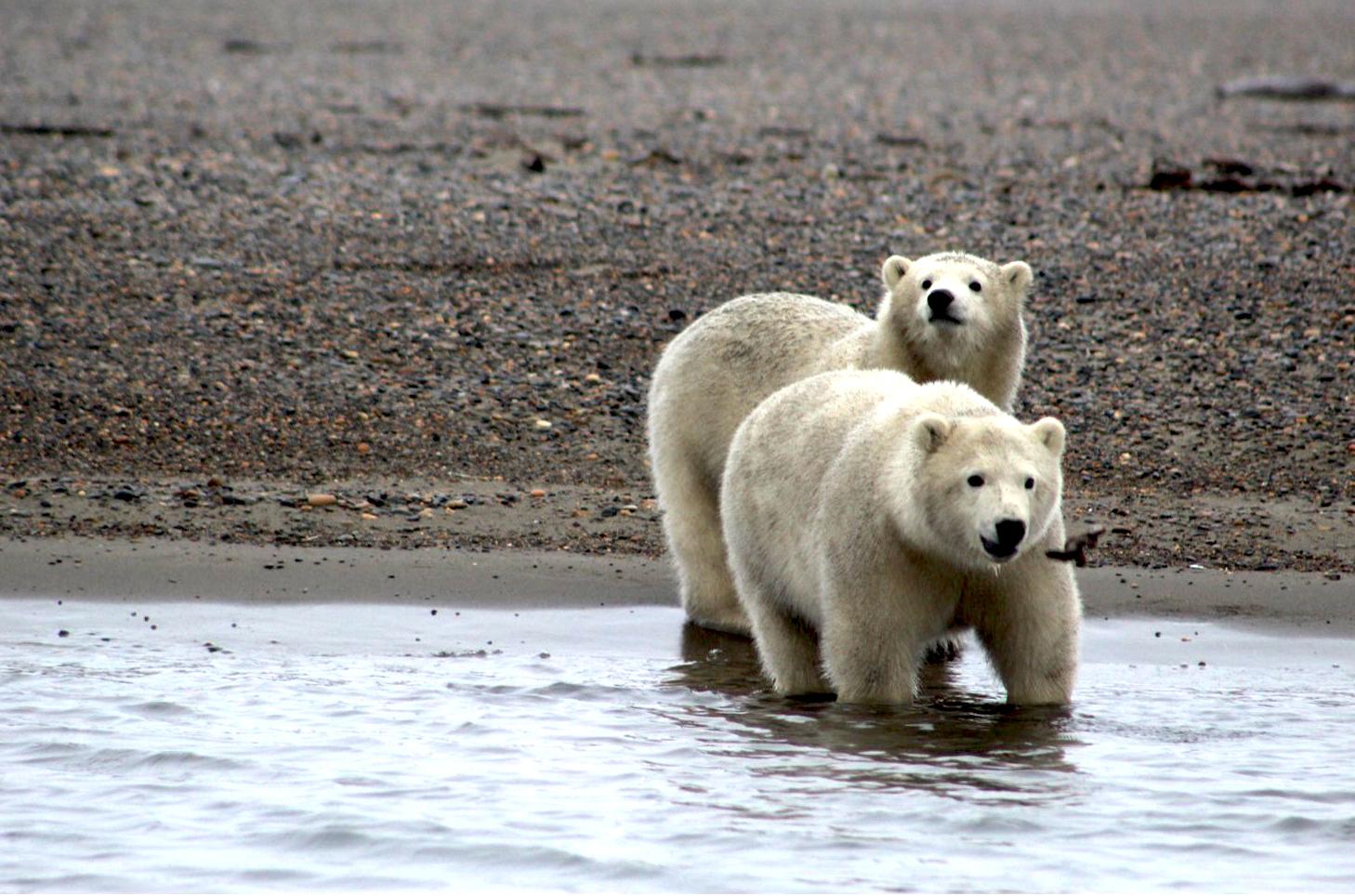
I live in the Lower 48, but I have been visiting Alaska for 19 years. I have experienced many, many bear encounters–coastal brown bears in southwest and southeast Alaska, and black bears in central Alaska—but when I joined a trip to Barter Island with five other participants I got my first chance to see the “white bears,” as the people we met in Arctic Alaska called them.
It was the most incredible experience with wildlife I’ve ever had.
Up close and personal
I had never been to the North Slope, Alaska, and was surprised with the mild weather with no snow. It was cold, though–the low 30s and upper 20s—with the water a degree above freezing.
We gathered on Barter Island in Kaktovik, an Inupiat village with a population of 259 people. Each morning and afternoon, we jumped on a boat with local expert guides, Jack Kayotuk and Steve Kazlowski. The first time I boarded that 24-foot open boat, I didn’t know what to expect.
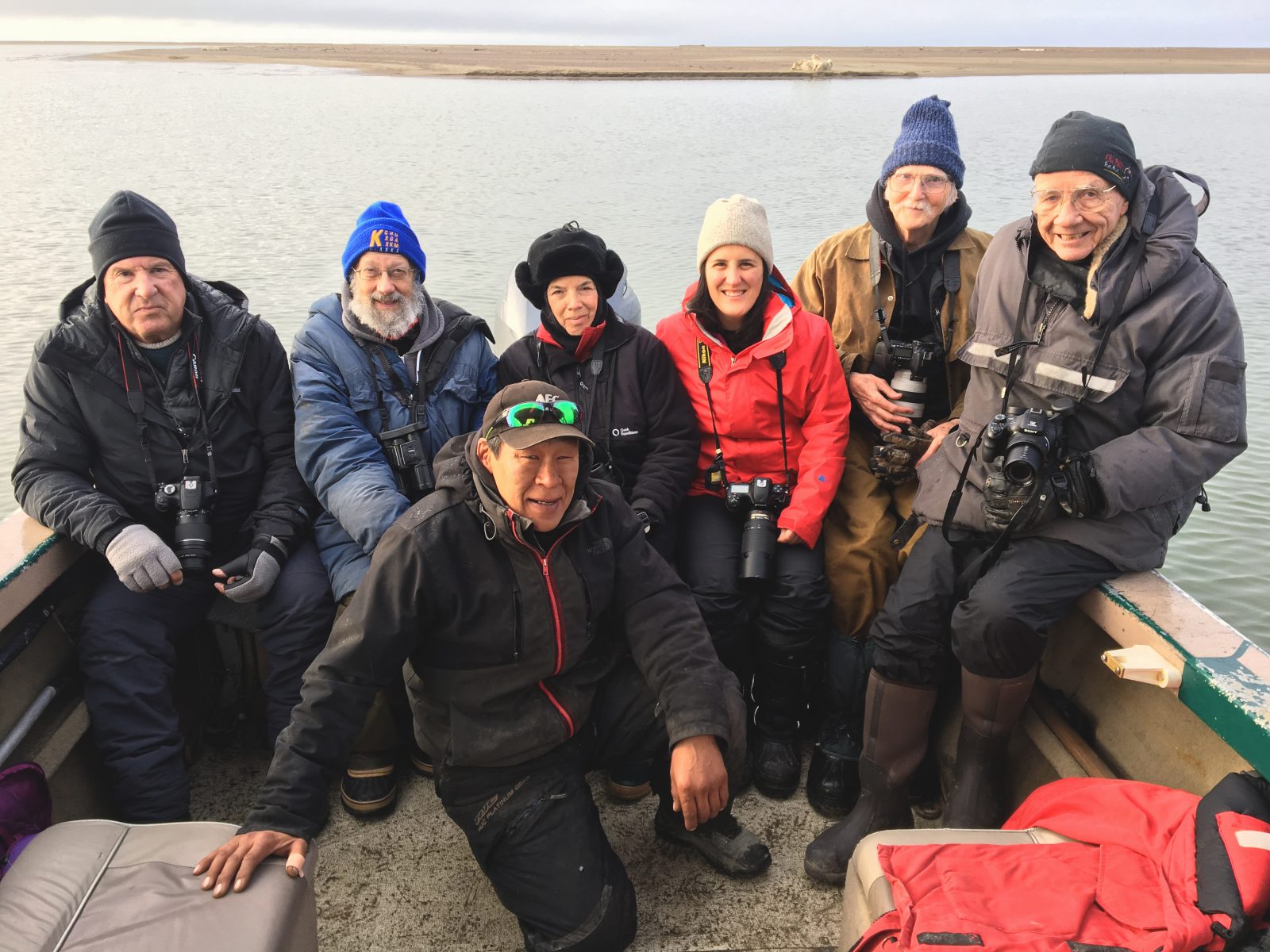
Within minutes of entering the lagoon, we saw polar bears. Steve anchored us about 100 feet from the shore and explained that regulations prevented us from getting closer than 90 feet from a bear and that we could not do anything that would disturb them. I was amazed. There were 22 bears within viewing distance. At no time did I feel threatened.
While “up close and personal,” I shot over 500 images in what was truly an experience of a lifetime!
Waiting for sea ice
As I learned, these bears gather on the outer sand bar in September and October to wait for the weather to cool and the sea ice to freeze. While we were there, the polar ice cap was still 300 miles to the north. The local water was expected to freeze in mid-October, and the Beaufort Sea in November. When the sea ice freezes, polar bears return to the ice pack and begin hunting for seals and replenishing their body weight for the long winter.
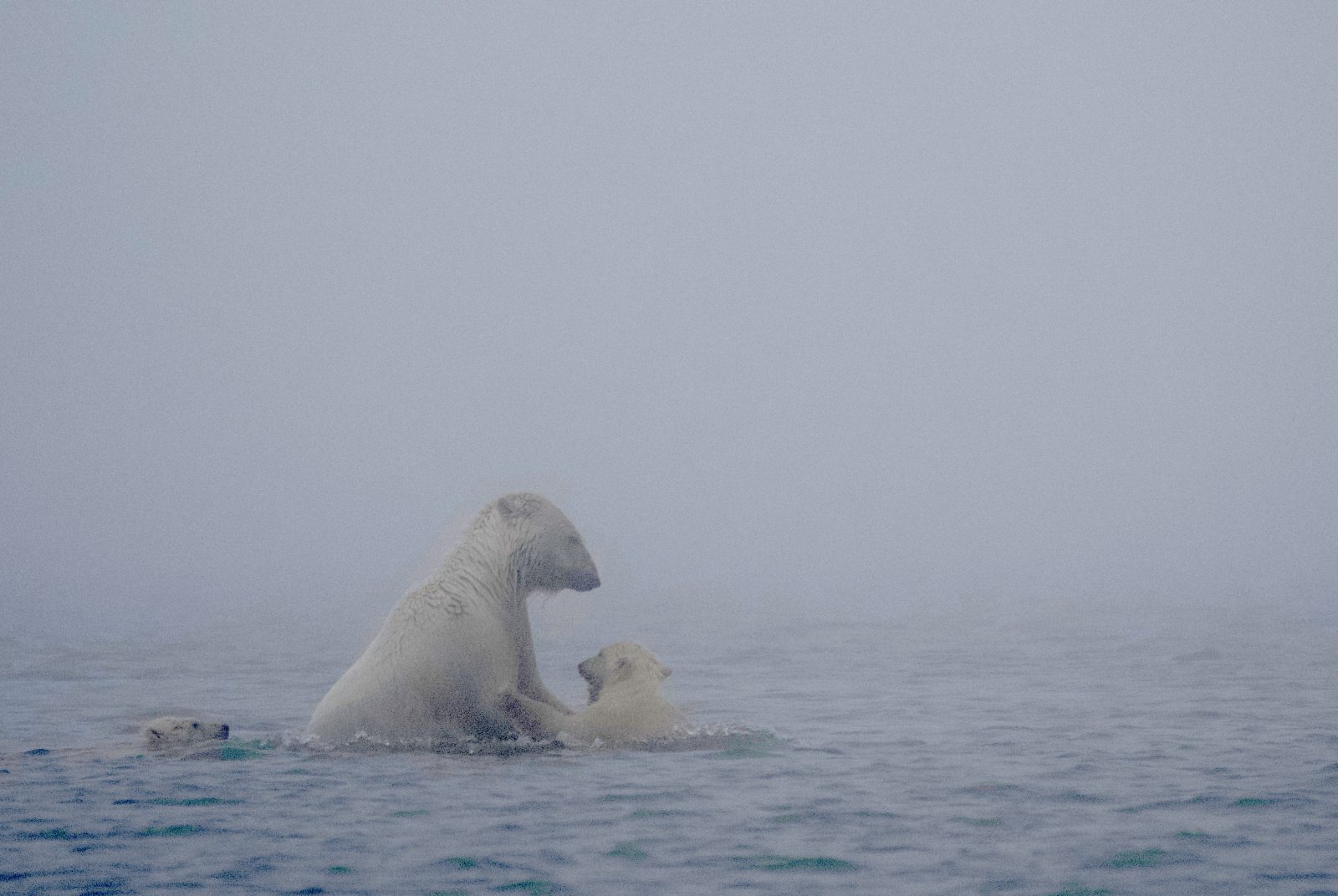
Jack and Steve were a wealth of information about bears. They explained the social habits of polar bears and the ways in which the animals interact with each other. They explained how bears migrate from ice cap to ice cap while hunting for ring seals, their primary food source.
For example, did you know that polar bears could swim 100 miles without resting? After looking at their feet, I can see why! I was amazed at how big, muscular, and agile these animals are in the water.
Bear patrol 24/7
Everyone I met in Kaktovik was very friendly. They loved to talk and were quick to warn about walking alone in the village at night. The village runs a “bear patrol” that rolls through town 24/7 to watch for bears.
Every night, I heard dogs barking and a few shots fired—non-lethal cracker shots or beanbag shells – to scare away the bears.
We stayed at the rustic but comfortable Waldo Arms where I never felt cold and usually had to leave the bedroom window open. The food was outstanding, too, served buffet style, with great desserts and a refrigerator stocked with drinks.
One early morning while it was still dark, I walked out the front door of the Waldo when a local man coming to work shuffled me back inside with a great sense of urgency. He said there was a mama bear and two cubs on the side of the building coming our way.
A classic Alaskan experience.
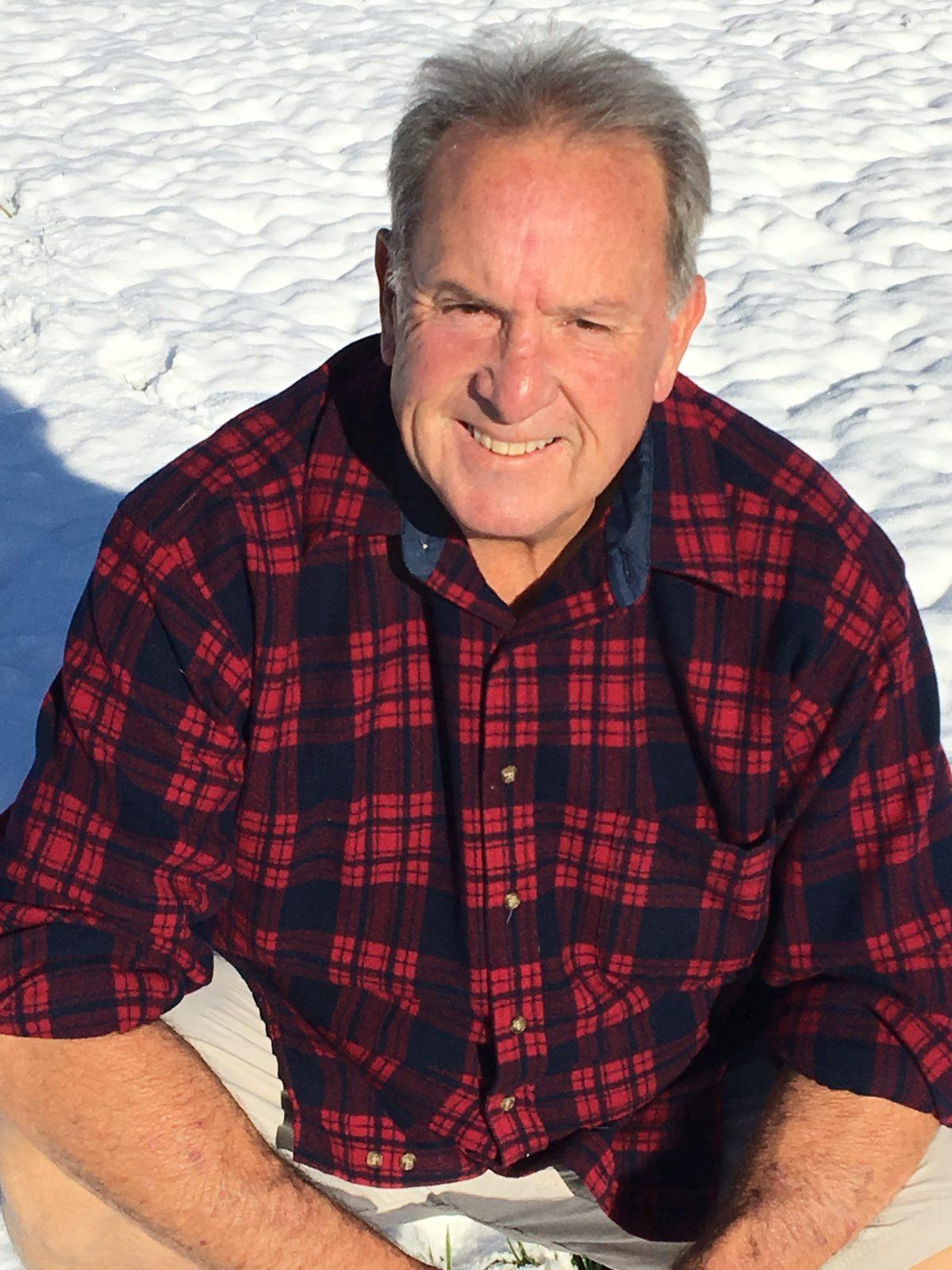
The threat is real
Trustees for Alaska hosted this incredible trip, with Bridget Psarianos, an attorney with legal expertise on polar bears, as our guide, and Tracy Lohman, Trustees’ development director, as the logistical magician who made everything happen smoothly.
The most important take away for me from this trip is that there are groups like Trustees doing the work that needs to be done and is being done to preserve this natural wonder. If you have any doubt about the changes happening because of global warming and the resulting impacts, do this trip to see and hear for yourself. The threat is real.
As a long time visitor to Alaska, I am aware of the critical challenges the state faces to maintain lands free from industrial exploitation. The Pebble mine gets a lot of attention, as it should, but the Arctic and other places need protection, too.
Bridget educated me about these issues. Because of this trip, I will continue to be a solid supporter of the work of Trustees for Alaska.
So, should everyone else!
Jim Hirzel joined Trustees on Barter Island in late September 2019. He lives in Danville, California, and is an avid outdoorsman and conservationist. His specialty is fly-fishing and photography. He’s retired now, but he works as a large dog handler at a local animal rescue center. He and his wife of 40 years have two grown children and a grandchild, plus three adopted dogs—a husky, German shepherd and pit bull. He says life is good.


